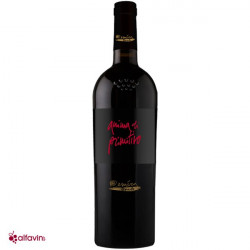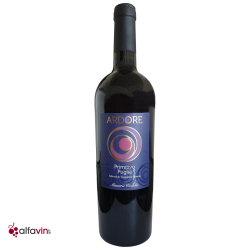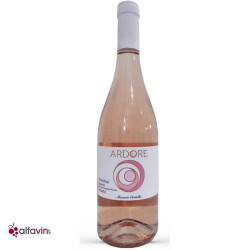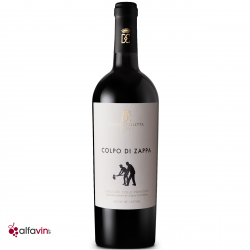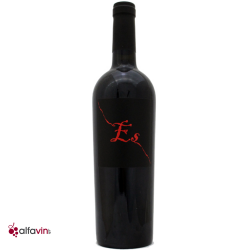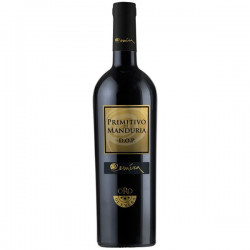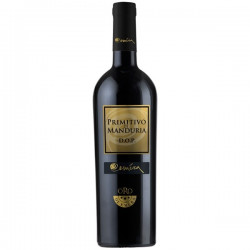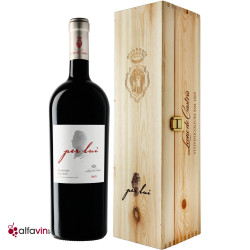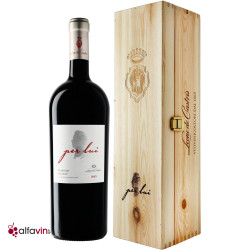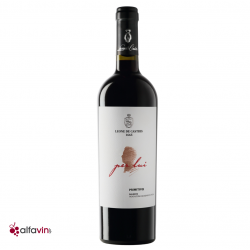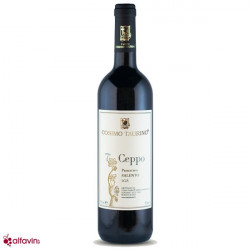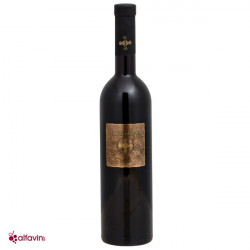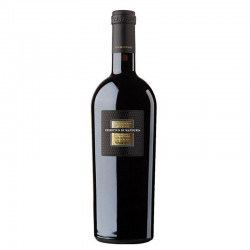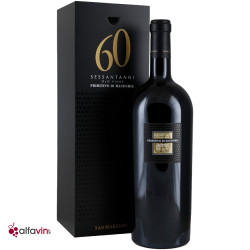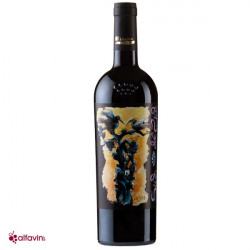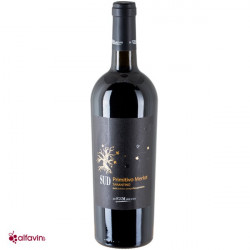
Our best Primitivo wines
Often referred to as the wine cellar of Italy, the Puglia wine region offers wines with a sunny, gourmet character. As in most other regions of the peninsula, wine is produced almost everywhere in Puglia's various provinces. Historically, this is one of Italy's oldest wine-growing areas. Thanks to the Greeks and then the Romans, viticulture developed in the heel of the boot. Wine and its culture hav...
Read More
Filters
Type
Producer
Grape
Gambero rosso
Price
PROMO
-25%



